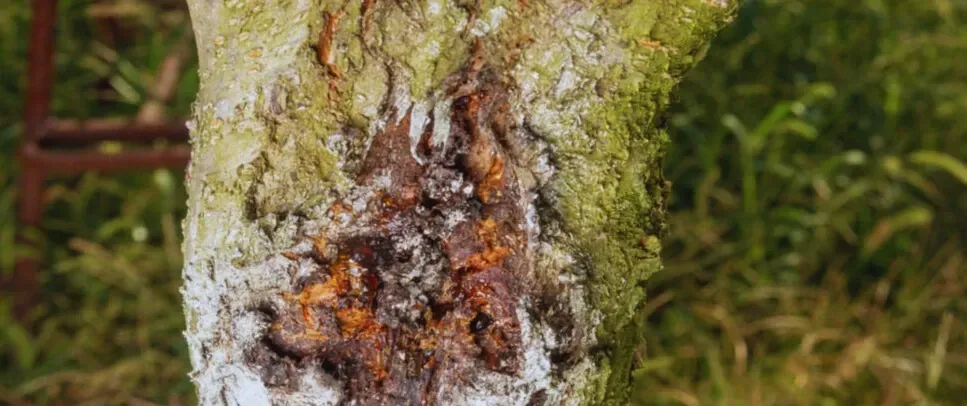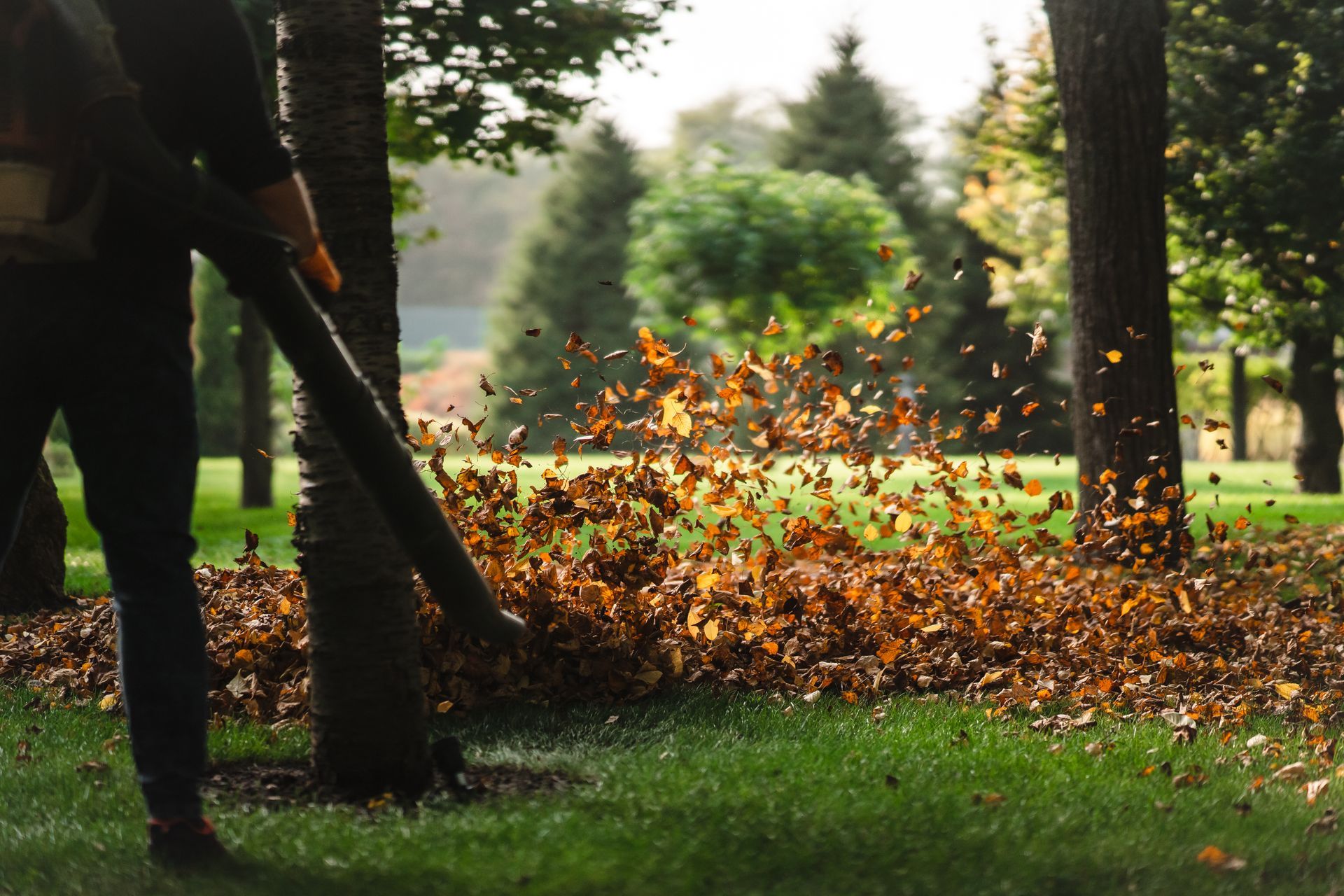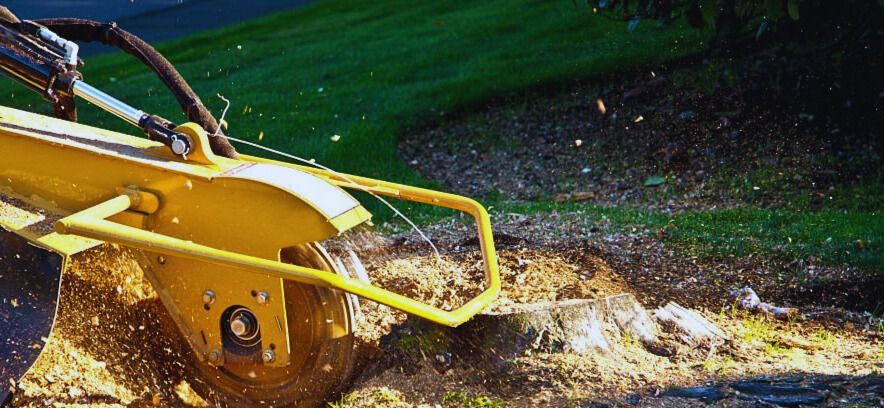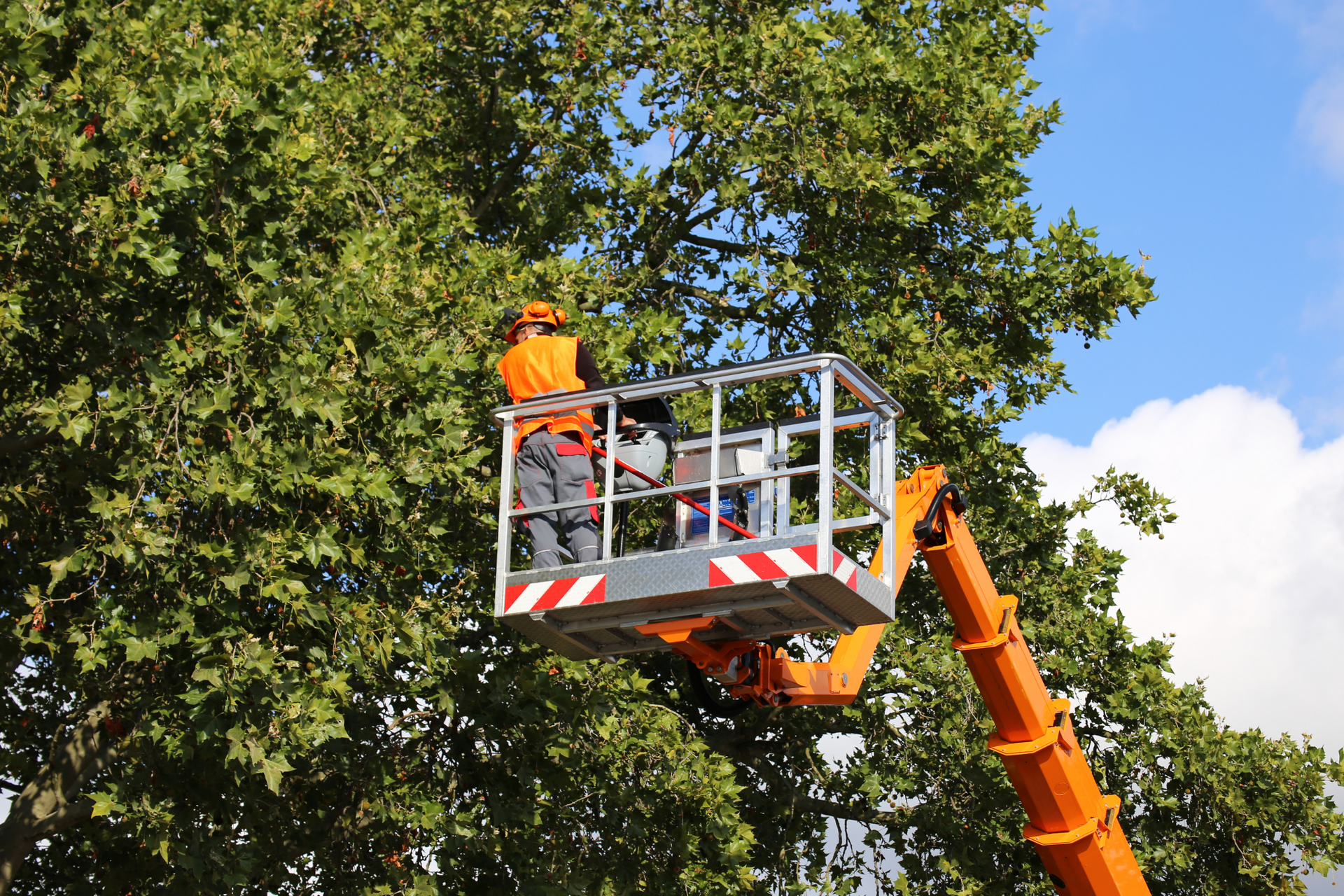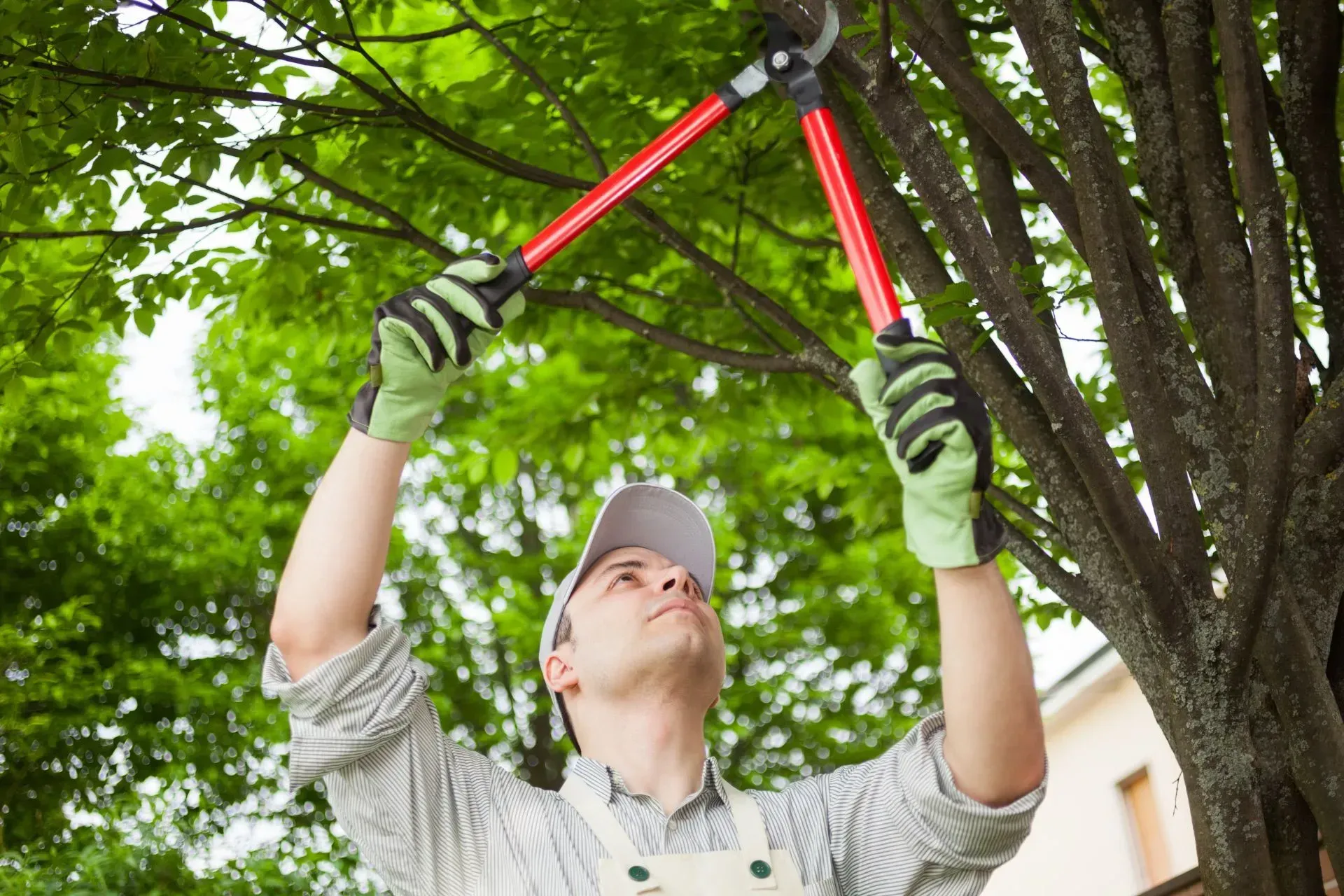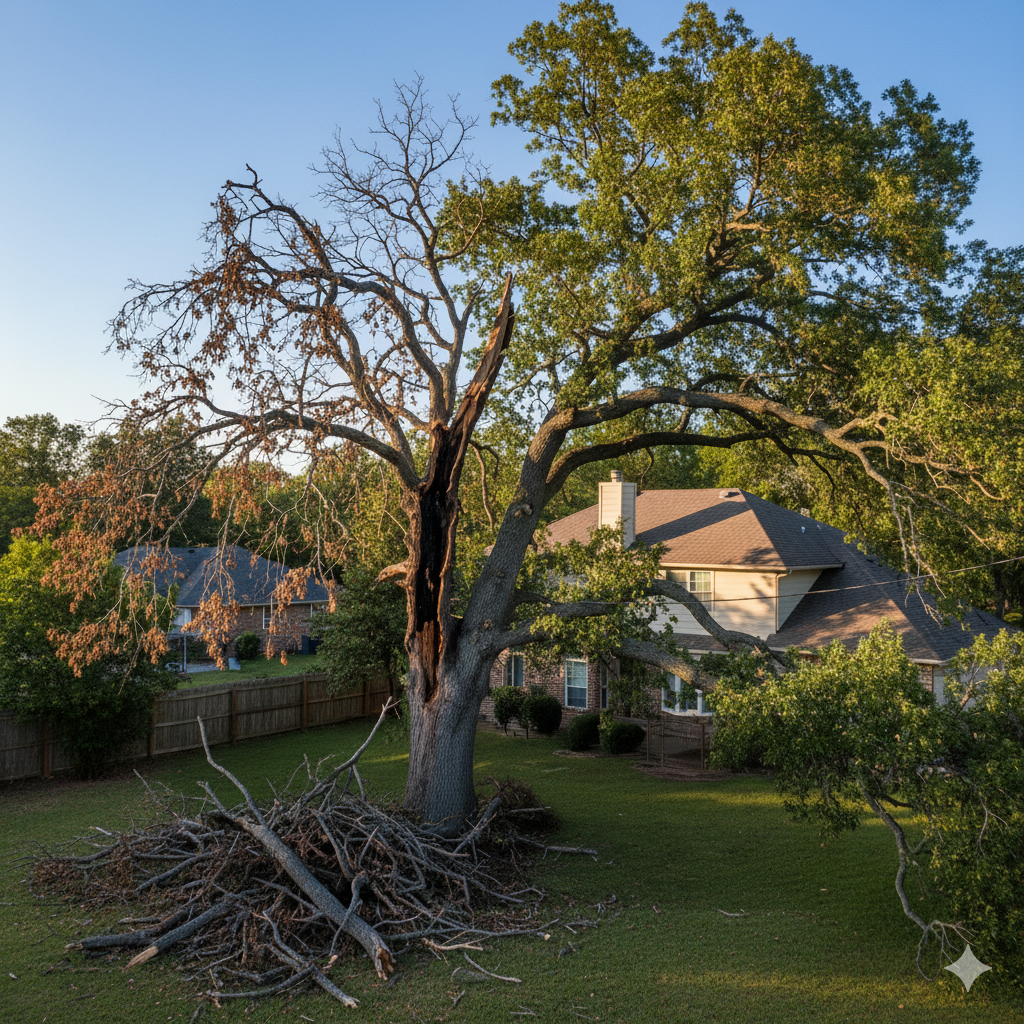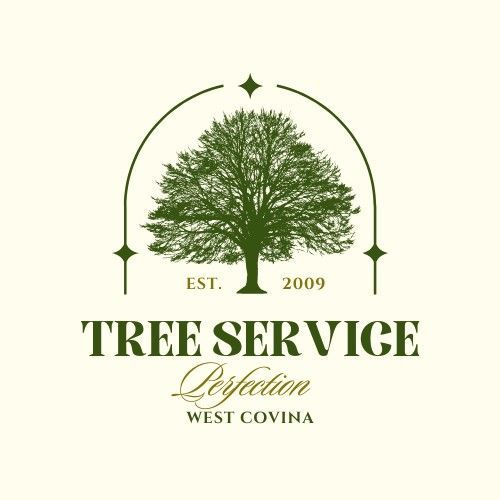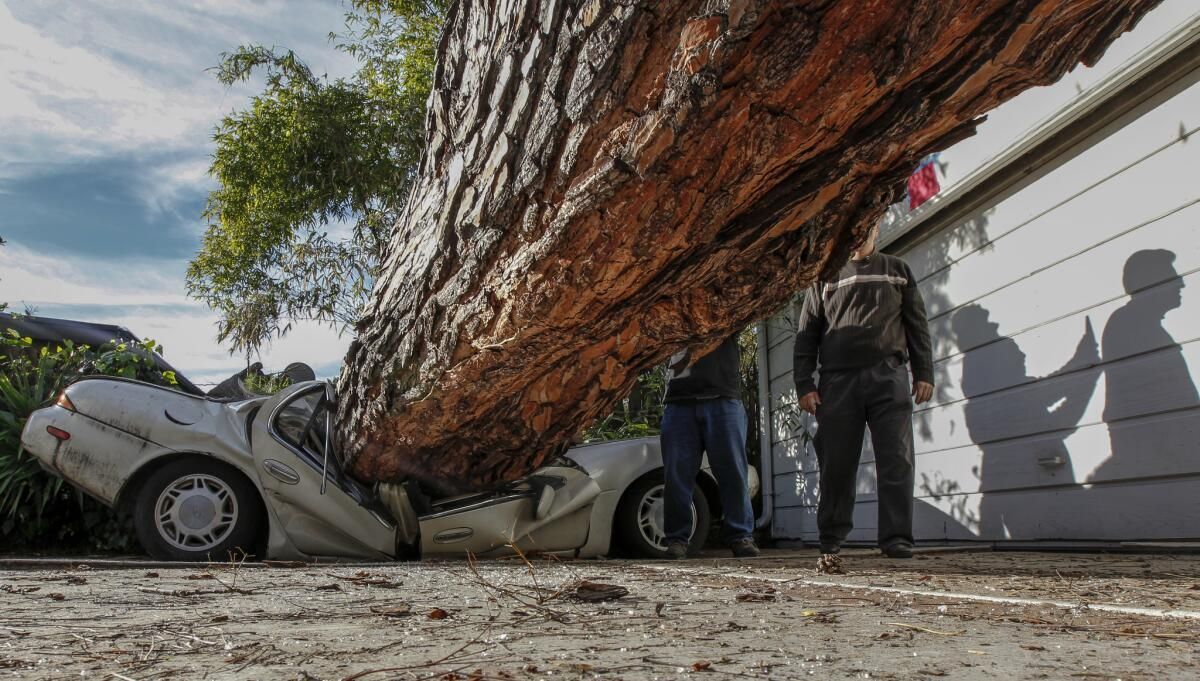What Permits are Needed for Tree Removal in Hartford CT?
Understanding tree removal permit requirements protects Hartford property owners from fines and legal complications. Connecticut and local regulations govern when permits are necessary and what conditions allow tree removal on private and public property.
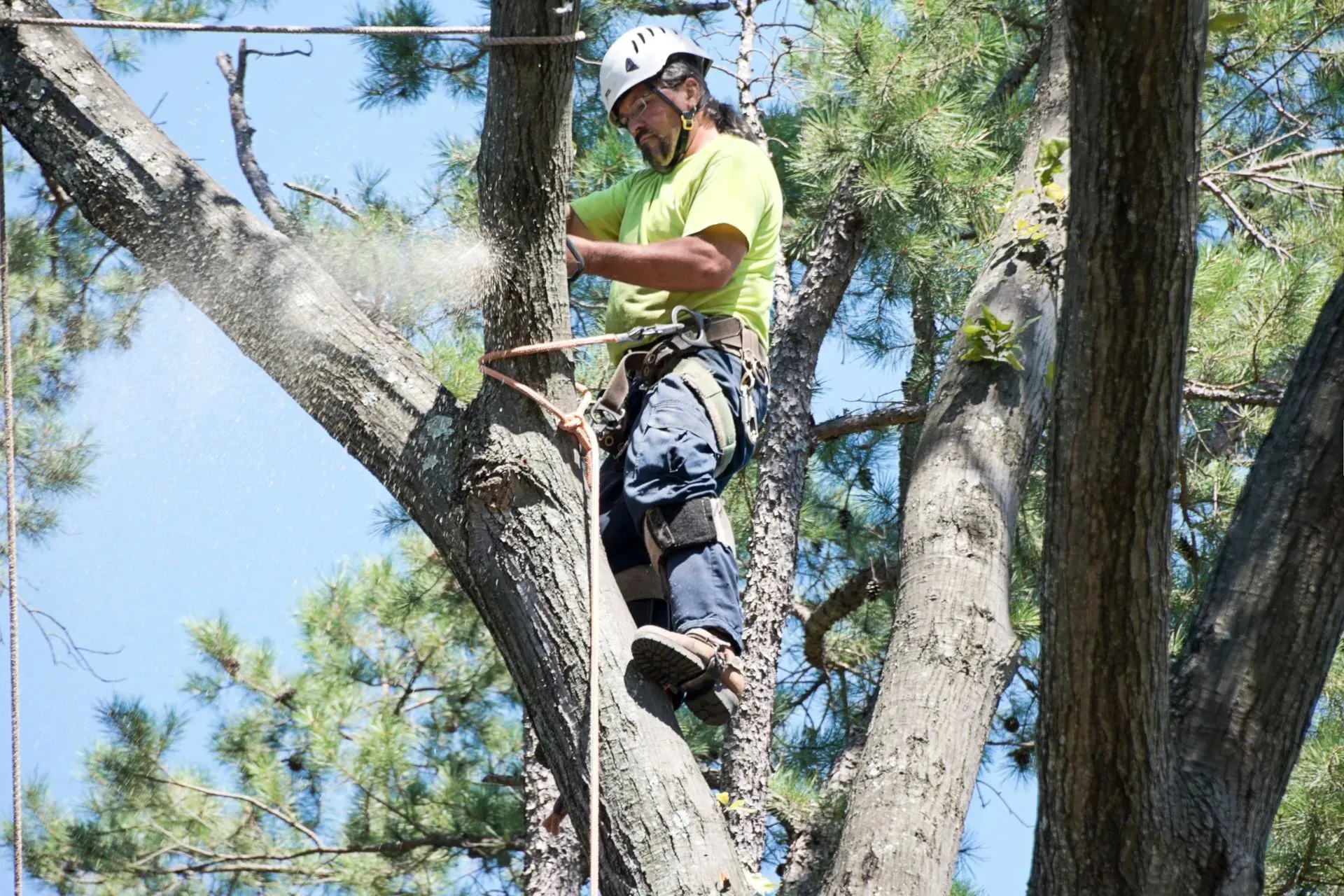
Hartford Municipal Tree Removal Permits
The City of Hartford requires permits for removing certain trees on private property. These regulations protect the urban forest canopy and maintain the city's environmental health and aesthetic character.
Size Thresholds: Hartford typically requires permits for removing trees exceeding specific diameter measurements, usually trees with trunks measuring 8 inches or more in diameter at breast height (DBH).
Protected Species: Certain tree species may have additional protections regardless of size, particularly heritage trees, significant specimens, or species contributing to neighborhood character.
Public Trees: Any tree located in the public right-of-way including street trees, park trees, or trees on city-owned property requires municipal approval before removal.
Application Process: Property owners must submit applications to Hartford's Department of Development Services or Parks Department providing tree location, size, species, and removal justification.
Review Timeline: The city typically reviews permit applications within 10-15 business days, though complex cases or appeals may extend the timeline significantly.
Permit Fees: Hartford charges application fees for tree removal permits, with costs varying based on tree size, number of trees, and specific circumstances.
State of Connecticut Environmental Permits
Connecticut state regulations add additional layers of requirements for tree removal in certain situations. Understanding state-level permits prevents violations of environmental protection laws.
Inland Wetlands Permits: Trees within or near wetlands, watercourses, or regulated areas require permits from local Inland Wetlands and Watercourses Agency before removal.
Significant Trees on Regulated Land: The Connecticut Department of Energy and Environmental Protection (DEEP) regulates tree removal in environmentally sensitive areas including coastal zones and protected watersheds.
Threatened or Endangered Species Habitat: Removing trees that provide habitat for state or federally listed species requires environmental review and potentially specialized permits.
Flood Hazard Areas: Trees in designated flood zones may require additional permits ensuring removal doesn't increase flood risks or alter water flow patterns.
Steep Slope Regulations: Some Connecticut municipalities including Hartford have steep slope ordinances requiring permits for tree removal on properties with significant grade changes.
Historic District Considerations: Properties in Hartford's historic districts may need approval from the Hartford Historic Preservation Commission before removing significant trees.
When Permits Are Required in Hartford
Understanding specific situations requiring permits helps property owners comply with regulations and avoid penalties. Hartford's requirements vary based on tree characteristics and location.
Private Property Trees: Large trees on private property typically require permits when exceeding size thresholds, located near property lines, or designated as significant specimens.
Emergency Situations: Dead, dying, or hazardous trees posing immediate safety threats may qualify for emergency removal, though documentation and sometimes after-the-fact permits are still required.
Development Projects: Construction, renovation, or land development projects requiring tree removal need comprehensive tree plans and permits as part of overall project approval.
Utility Line Clearance: Trees interfering with power lines, utility infrastructure, or sight lines at intersections may require coordination with utility companies and municipal permits.
Disease Control: Removing trees affected by invasive pests like emerald ash borer or diseases may have expedited permit processes to prevent spread to healthy trees.
Commercial Properties: Business properties removing trees typically face additional scrutiny and may need landscape replacement plans showing how removed trees will be compensated.
When Permits Are NOT Required
Certain situations allow tree removal without formal permits. Understanding these exemptions helps property owners make informed decisions about regulatory requirements.
Small Trees: Trees below Hartford's size threshold (typically under 8 inches DBH) generally don't require permits though local ordinances should be verified.
Fruit and Ornamental Trees: Some municipalities exempt fruit trees, ornamental shrubs, and certain cultivated species from permit requirements.
Invasive Species: Removing invasive tree species that threaten native ecosystems may be encouraged or exempt from standard permit requirements.
Agricultural Land: Active agricultural operations may have different regulations for tree removal related to farming activities.
Immediate Hazards: Trees that have fallen or are actively falling, blocking roadways, or threatening structures during storms typically allow emergency removal without advance permits.
Private Property Exemptions: Some smaller residential properties may have exemptions for a limited number of trees per year, though Hartford-specific rules should be verified.
Permit Application Process and Requirements
Successfully obtaining tree removal permits requires understanding application procedures and providing necessary documentation. Proper preparation streamlines approval and prevents delays.
Step 1: Contact Hartford's Department of Development Services to confirm whether your specific tree removal requires a permit based on size, location, and circumstances.
Step 2: Complete the tree removal permit application providing property information, tree specifications including species, size, location, and detailed removal justification.
Step 3: Submit required documentation including property survey showing tree location, photographs of the tree, and arborist reports if claiming safety hazards or disease.
Step 4: Pay applicable permit fees which vary based on tree characteristics and whether professional arborist evaluation is required.
Step 5: Allow 10-15 business days for application review, during which city staff may inspect the property and assess the removal request.
Step 6: Respond to any additional information requests or conditions imposed by the reviewing authority to maintain application processing.
Step 7: Receive permit approval and comply with any conditions such as replacement tree planting, timing restrictions, or specific removal methods.
Required Documentation for Permit Applications
Comprehensive documentation supports permit applications and demonstrates legitimate need for tree removal. Proper paperwork accelerates approval and reduces rejection risk.
Property Survey: Official survey or plot plan showing exact tree location relative to property boundaries, structures, and other landscape features.
Tree Specifications: Detailed measurements including trunk diameter at breast height (DBH), approximate height, canopy spread, and accurate species identification.
Photographs: Clear photos showing the tree from multiple angles, any visible damage or disease, proximity to structures, and overall property context.
Arborist Report: Professional assessment from certified arborist documenting tree health, structural integrity, safety risks, and recommendations for removal or preservation.
Removal Justification: Written explanation detailing why removal is necessary, whether due to safety concerns, disease, construction needs, or other legitimate reasons.
Replacement Plan: For some permits, Hartford requires plans showing how removed trees will be compensated through planting new trees of appropriate species and size.
Property Owner Authorization: Proof of property ownership and authorization to remove trees, particularly important for rental properties or properties with multiple owners.
Permit Requirements by Property Type
Different property types face varying permit requirements and processes. Understanding your specific situation helps ensure proper compliance with Hartford regulations.
| Property Type | Permit Requirements | Additional Considerations |
|---|---|---|
| Single-Family Residential | Required for trees over size threshold | May have annual exemptions for small number of trees |
| Multi-Family Properties | Same size requirements, higher scrutiny | Replacement planting often required |
| Commercial Properties | Required with landscape replacement plans | Professional site plans and landscape architect involvement |
| Historic Properties | Additional historic preservation review | May face stricter preservation requirements |
Working with Certified Arborists
Professional arborists provide expertise that supports permit applications and ensures safe, compliant tree removal. Their involvement often streamlines the approval process.
Professional Assessment: Certified arborists from companies like Covina Tree Service evaluate tree health, structural integrity, and safety risks providing objective documentation for permit applications.
Species Identification: Accurate species identification helps determine whether trees fall under special protections or have specific permit requirements.
Alternative Solutions: Arborists may identify pruning, cabling, or other treatments that address concerns without removal, potentially avoiding permit requirements entirely.
Report Preparation: Professional written reports carry weight with permit reviewers and provide credible evidence supporting removal justification.
Safe Removal Planning: Arborists plan professional tree removal methods that protect property, comply with regulations, and minimize impact on surrounding trees and landscape.
Replacement Recommendations: When replacement planting is required, arborists suggest appropriate species and locations ensuring long-term landscape success.
Penalties for Unpermitted Tree Removal
Removing trees without required permits creates legal and financial consequences. Understanding penalties motivates proper compliance with Hartford's tree protection ordinances.
Monetary Fines: Hartford imposes fines for unpermitted tree removal, typically ranging from several hundred to several thousand dollars depending on tree size and circumstances.
Replacement Requirements: Violators may be required to plant replacement trees at ratios exceeding normal requirements, sometimes multiple trees for each one removed illegally.
Stop Work Orders: Construction projects proceeding with unpermitted tree removal may face stop work orders halting all activity until violations are resolved.
Legal Action: Serious violations or repeat offenses can result in legal proceedings and court-ordered remediation beyond administrative penalties.
Property Value Impact: Unpermitted removal documented in public records may affect property values and create disclosure requirements for future sales.
Neighbor Complaints: Removing trees without permits often generates neighbor complaints leading to investigations and enforcement actions.
Special Circumstances and Exemptions
Certain situations have unique permit considerations or potential exemptions. Understanding these special cases helps property owners navigate unusual circumstances effectively.
Storm Damage: Trees damaged or downed by severe weather often qualify for emergency tree removal, though documentation and sometimes retroactive permits are required.
Utility Company Actions: Utility companies removing trees for power line clearance follow different procedures often coordinated directly with the city rather than through property owners.
Diseased Tree Outbreaks: During widespread pest or disease outbreaks like emerald ash borer, Hartford may implement expedited permit processes or temporary policy changes.
Development Agreements: Large development projects often have tree removal addressed comprehensively in site plans and development agreements rather than individual permits.
Boundary Line Trees: Trees straddling property lines create shared ownership requiring consent from all affected property owners before removal.
HOA Regulations: Properties in homeowners associations may face additional approval requirements beyond city permits, requiring compliance with both governing bodies.
Timeline for Permit Approval
Understanding typical processing timelines helps property owners plan tree removal projects and schedule work appropriately. Various factors influence how quickly permits are approved.
Standard Applications: Routine permit requests typically receive approval within 10-15 business days when complete documentation is provided and no complications arise.
Complex Cases: Applications involving large trees, historic properties, or contested removals may require 4-6 weeks for thorough review and potential public hearings.
Emergency Permits: True emergency situations involving immediate safety hazards may receive same-day or next-day approval following rapid inspection.
Appeal Processes: Denied applications that property owners appeal add several weeks to months to the timeline depending on hearing schedules and review procedures.
Seasonal Considerations: Permit processing may slow during peak construction seasons when development services departments handle high application volumes.
Additional Agency Review: Permits requiring review by multiple agencies including wetlands commissions or historic preservation boards take longer than single-agency approvals.
Expert Tips and Local Insights
In Hartford, navigating tree removal permits requires understanding both written regulations and practical application of local ordinances. Working proactively with city departments ensures smooth approval processes.
"The key to successful permit applications in Hartford is thorough documentation and clear communication," explains a local certified arborist. "Property owners who provide detailed arborist reports, clear photographs, and legitimate safety or health justifications rarely face permit denials. The city wants to protect significant trees but also understands property owners have valid reasons for removal. Starting the permit process early, before scheduling removal contractors, prevents delays and ensures compliance with all requirements."
Whether you live in the West End, Downtown, South End, or anywhere throughout Hartford County, understanding permit requirements protects you from violations while supporting the city's urban forest preservation goals.
Common Permit Application Mistakes
Recognizing frequent errors helps Hartford property owners avoid application delays and denials. Proper preparation increases approval likelihood and speeds processing.
Incomplete Applications: Submitting applications without required documentation forces staff to request additional information, delaying review and approval.
Poor Justification: Vague removal reasons like "I don't like the tree" rarely satisfy permit requirements, while specific safety or property damage concerns receive serious consideration.
Inadequate Photos: Blurry or distant photographs that don't clearly show tree condition, size, or circumstances make it difficult for reviewers to assess removal necessity.
Missing Tree Information: Failing to provide accurate measurements, species identification, or location details creates processing delays while information is obtained.
Proceeding Without Approval: Starting tree removal before receiving permit approval results in violations, fines, and potential stop work orders.
Ignoring Replacement Requirements: Overlooking mandatory tree replacement conditions leads to compliance issues and additional penalties after removal completion.
Alternative Solutions to Tree Removal
Before pursuing removal permits, considering alternatives may address concerns while preserving trees and avoiding permit requirements. Professional arborists can evaluate viable options.
Professional Pruning: Strategic tree trimming removes hazardous branches, reduces size, and improves tree structure without complete removal.
Cabling and Bracing: Support systems stabilize weak branch unions or split trunks extending tree life and reducing failure risk.
Root Management: Addressing root issues through barrier installation or root pruning may resolve conflicts with foundations, driveways, or utilities.
Crown Reduction: Reducing overall tree height and spread through proper pruning techniques decreases wind resistance and reduces risk from large trees.
Disease Treatment: Some tree diseases can be managed through treatment programs, allowing trees to recover rather than requiring removal.
Site Modifications: Adjusting construction plans, relocating improvements, or modifying landscaping may preserve significant trees while achieving property goals.
Conclusion
Understanding what permits are needed for tree removal in Hartford, CT helps property owners navigate regulations, avoid penalties, and make informed decisions about their trees. From municipal permits for large trees to state environmental permits for sensitive areas, compliance protects both you and Hartford's valuable urban forest canopy.
If you're considering tree removal and need guidance on permit requirements and proper procedures, consult with Hartford's Department of Development Services and certified arborists today. Proper planning ensures legal compliance while achieving your property management goals.
Key Takeaways
- Hartford requires permits for removing trees exceeding size thresholds, typically 8 inches DBH or larger
- State environmental permits may be needed for trees near wetlands or in protected areas
- Permit applications require documentation including tree specifications, photos, and removal justification
- Professional arborist reports strengthen applications and provide credible evidence for removal necessity
- Penalties for unpermitted removal include fines, replacement requirements, and potential legal action
- Emergency situations may qualify for expedited permits but still require documentation.
Frequently Asked Questions
Do I need a permit to remove a tree in my backyard in Hartford?
It depends on the tree's size, species, and location. Hartford typically requires permits for trees exceeding 8 inches in diameter at breast height (DBH). Contact the Department of Development Services to verify requirements for your specific tree before proceeding with removal.
How much does a tree removal permit cost in Hartford?
Permit fees vary based on tree size, number of trees, and specific circumstances. Costs typically range from $50 to several hundred dollars. Contact Hartford's Department of Development Services for current fee schedules applicable to your situation.
How long does it take to get a tree removal permit in Hartford?
Standard permit applications typically process within 10-15 business days. Complex cases involving large trees, historic properties, or contested removals may take 4-6 weeks. Emergency situations with immediate safety hazards may receive expedited same-day or next-day approval.
Can I remove a dead tree without a permit in Hartford?
Even dead trees often require permits in Hartford, though the process may be expedited when arborist reports document that trees are dead or pose immediate safety hazards. Contact the city before removing dead trees to verify requirements and potentially qualify for emergency removal provisions.
What happens if I remove a tree without a permit in Hartford?
Unpermitted tree removal results in fines typically ranging from several hundred to several thousand dollars, mandatory replacement tree planting requirements often at ratios exceeding normal standards, and potential stop work orders for construction projects. Serious violations may lead to legal proceedings.
Do I need a permit to trim or prune my tree in Hartford?
Generally, routine pruning and trimming don't require permits. However, significant crown reduction or pruning that substantially alters tree structure may need permits, especially for large or protected trees. When in doubt, consult with the city or a certified arborist before major pruning work.
